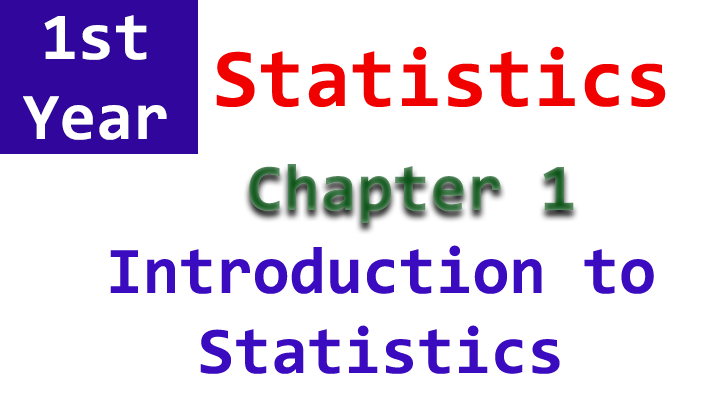Statistics is the science and art of collecting, organizing, analyzing, interpreting, and presenting data. In this introductory chapter, we lay the foundation for our journey into the world of statistics. Statistics is an essential tool in various fields, including science, business, medicine, and social sciences, as it helps us make sense of the vast amount of information we encounter in our daily lives. We begin by understanding the basic concepts, such as data, variables, and populations.
Data can be numerical or categorical and can take on different forms, such as quantitative or qualitative. Variables are characteristics or attributes that can vary from one individual or object to another. Populations are the entire group of individuals or objects we are interested in studying.
To draw meaningful conclusions, we often work with samples, which are smaller subsets of populations. Statistical methods allow us to make inferences about populations based on sample data. We also explore different types of data, data collection methods, and levels of measurement, setting the stage for more advanced statistical techniques in the chapters ahead. Understanding these fundamentals is crucial for anyone embarking on a statistical journey.

